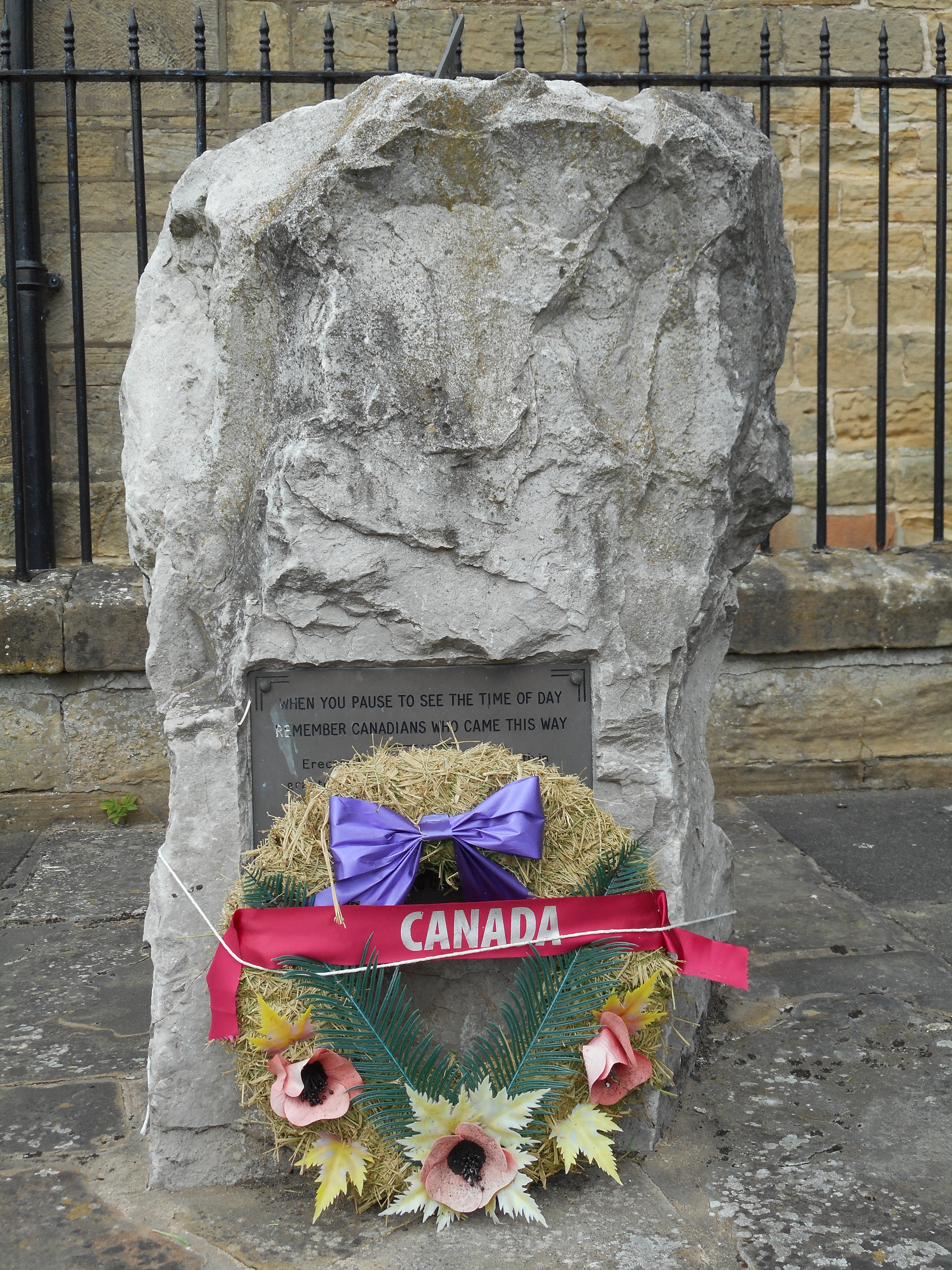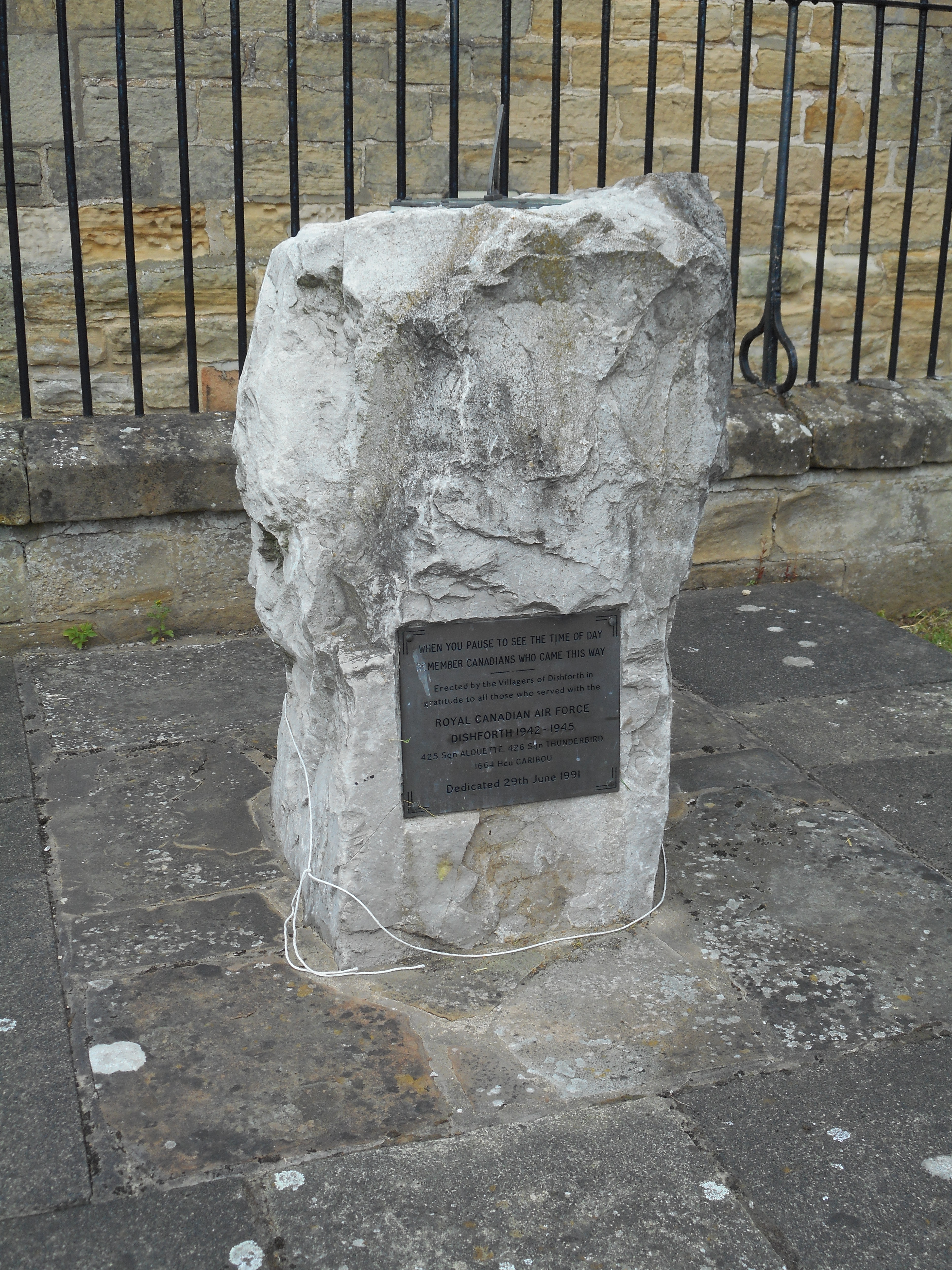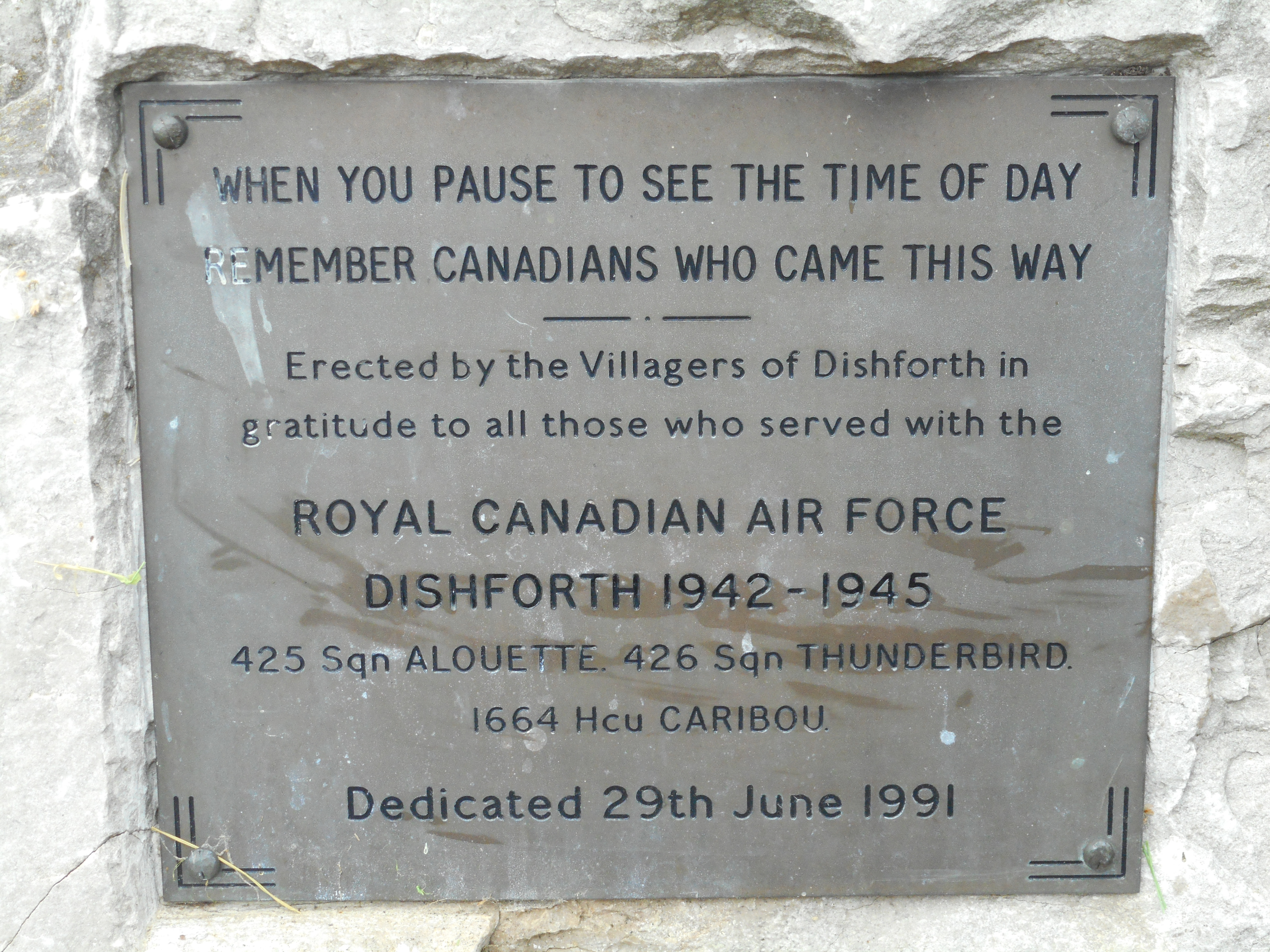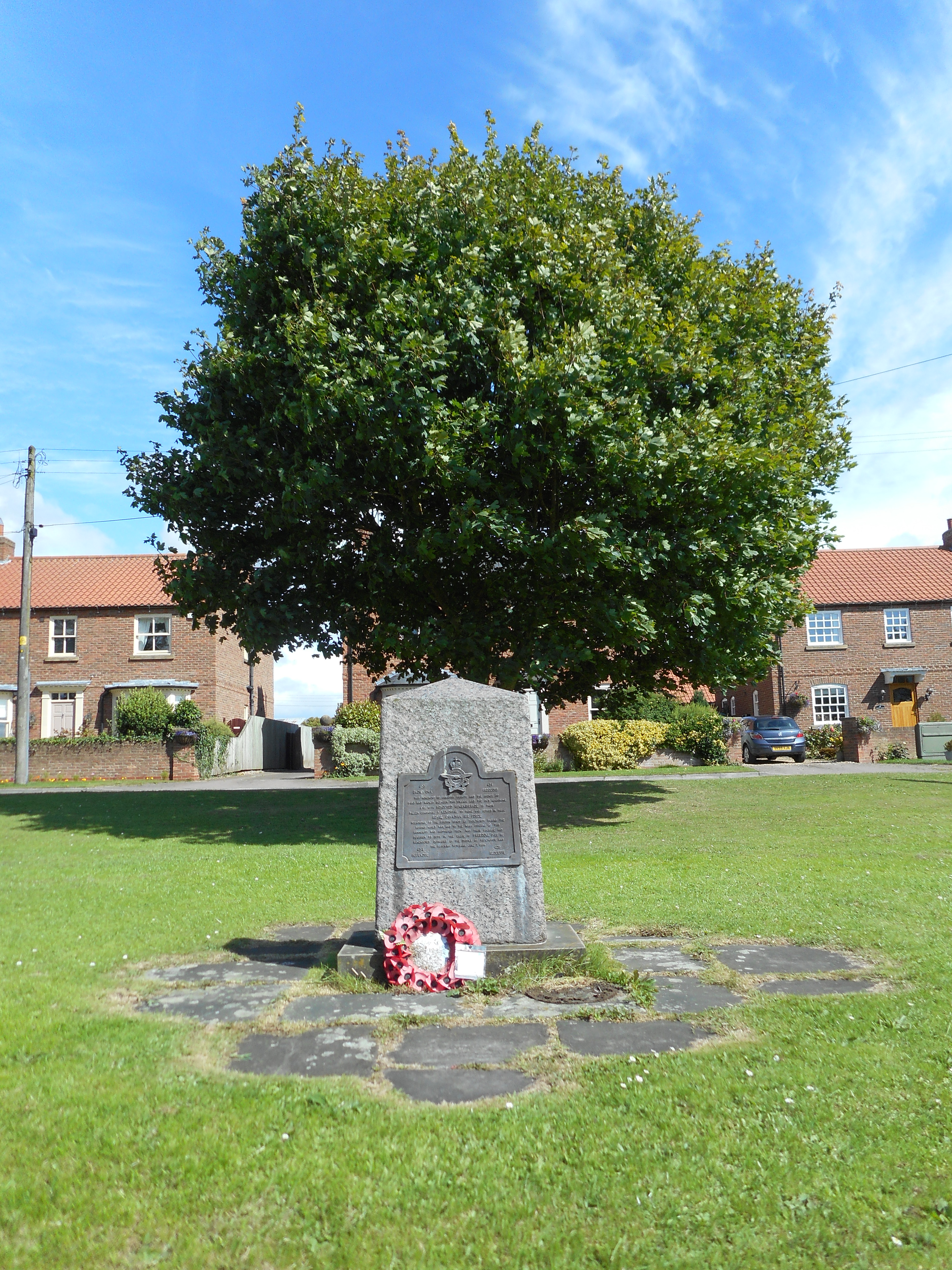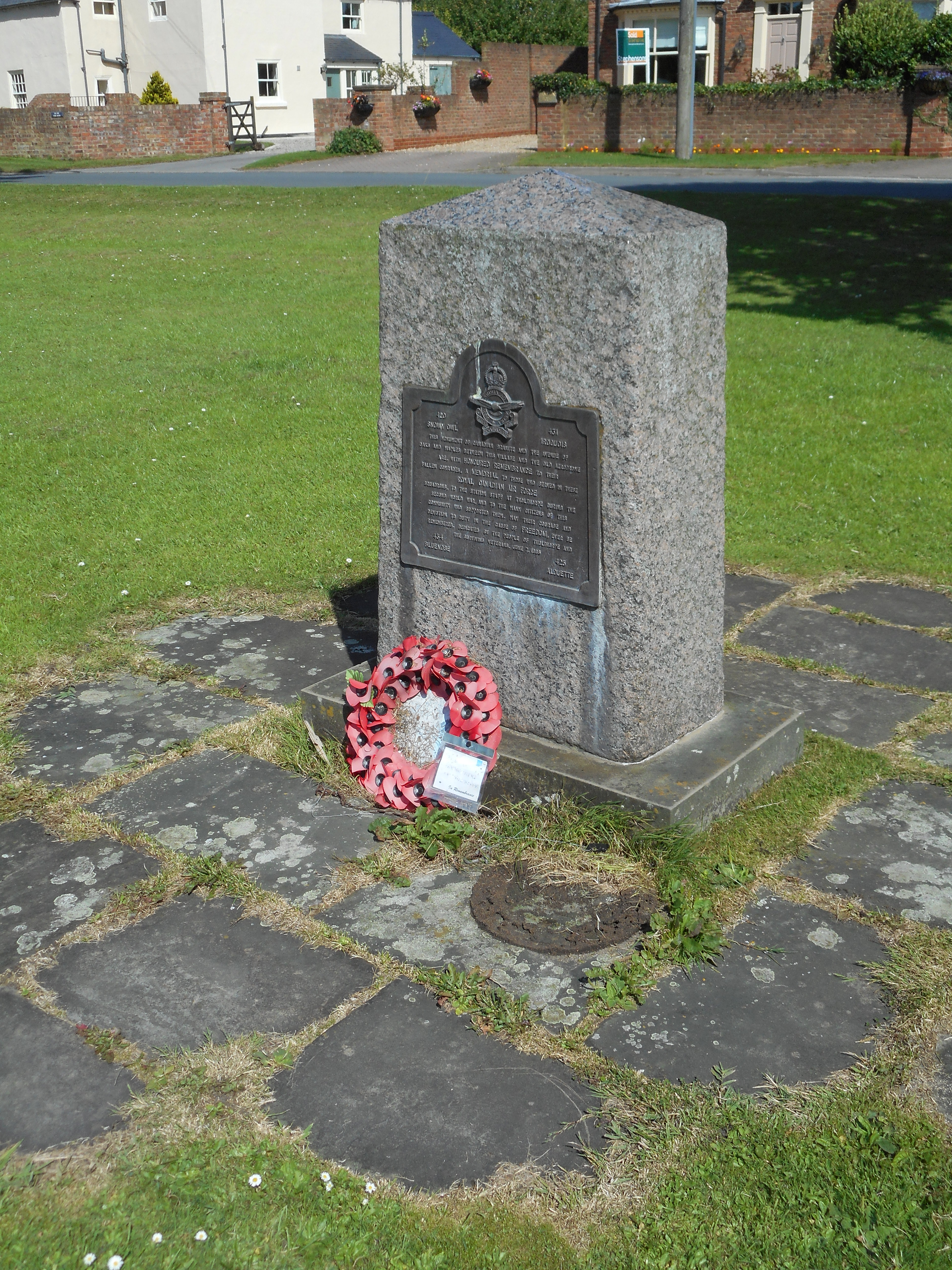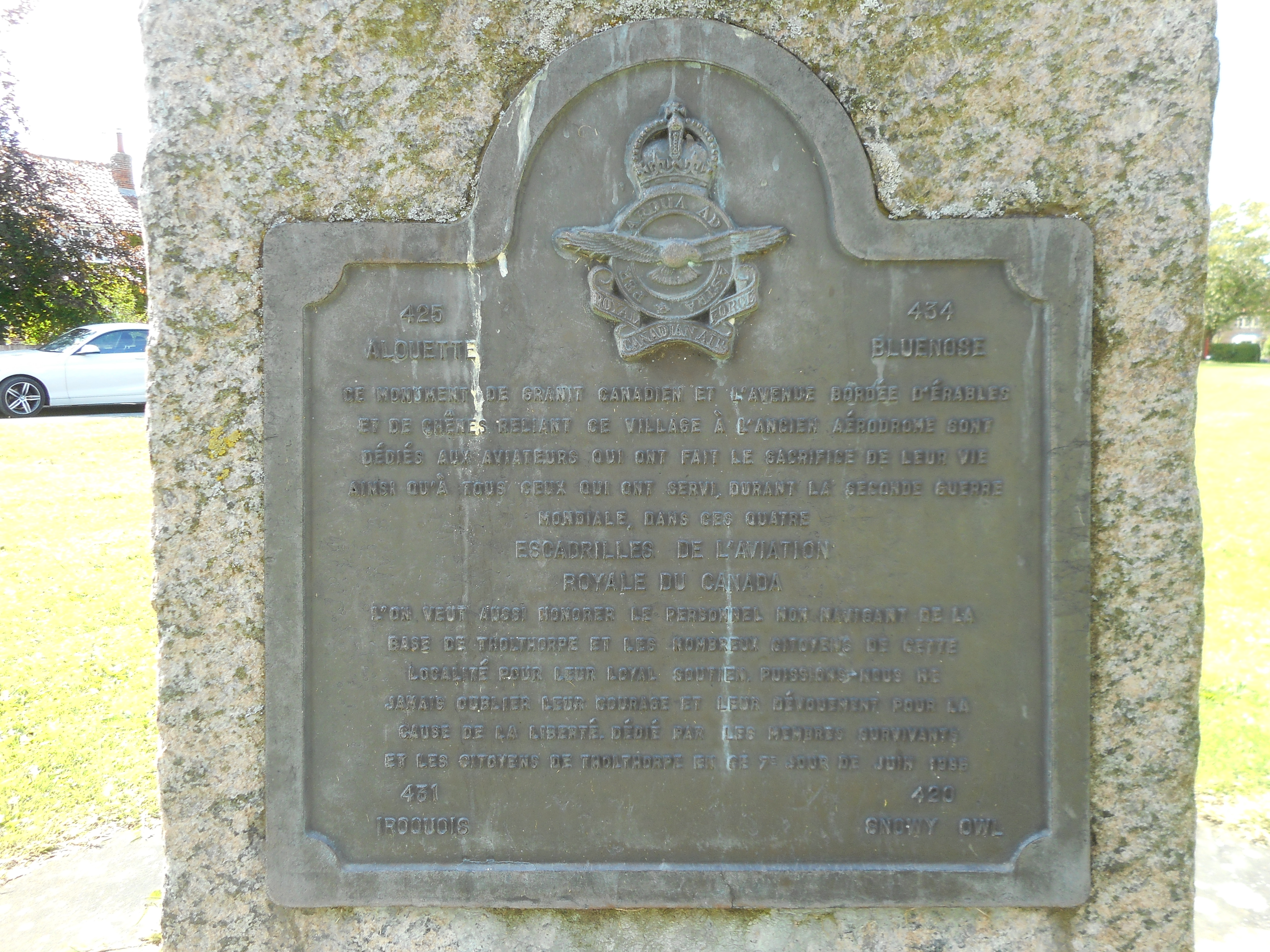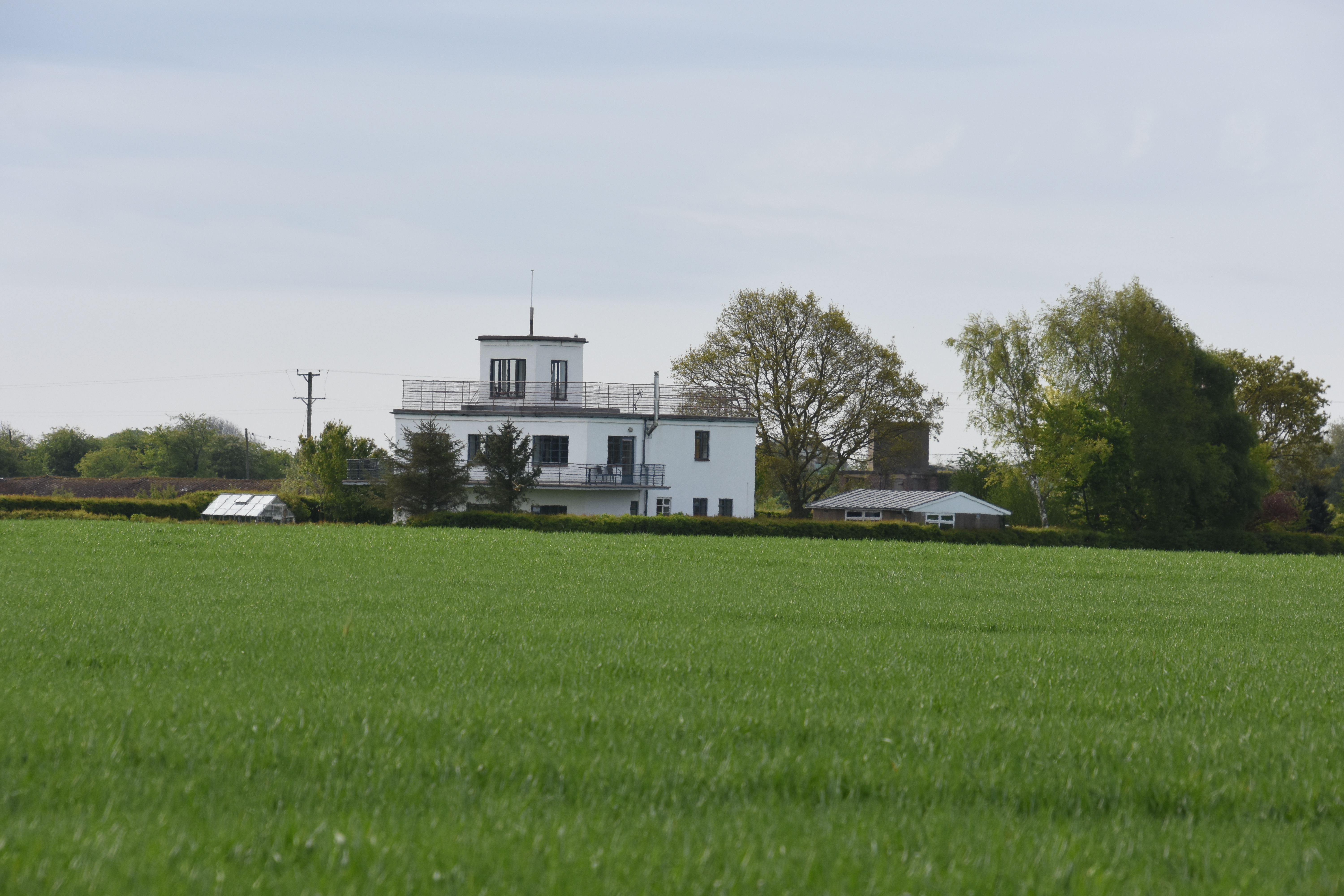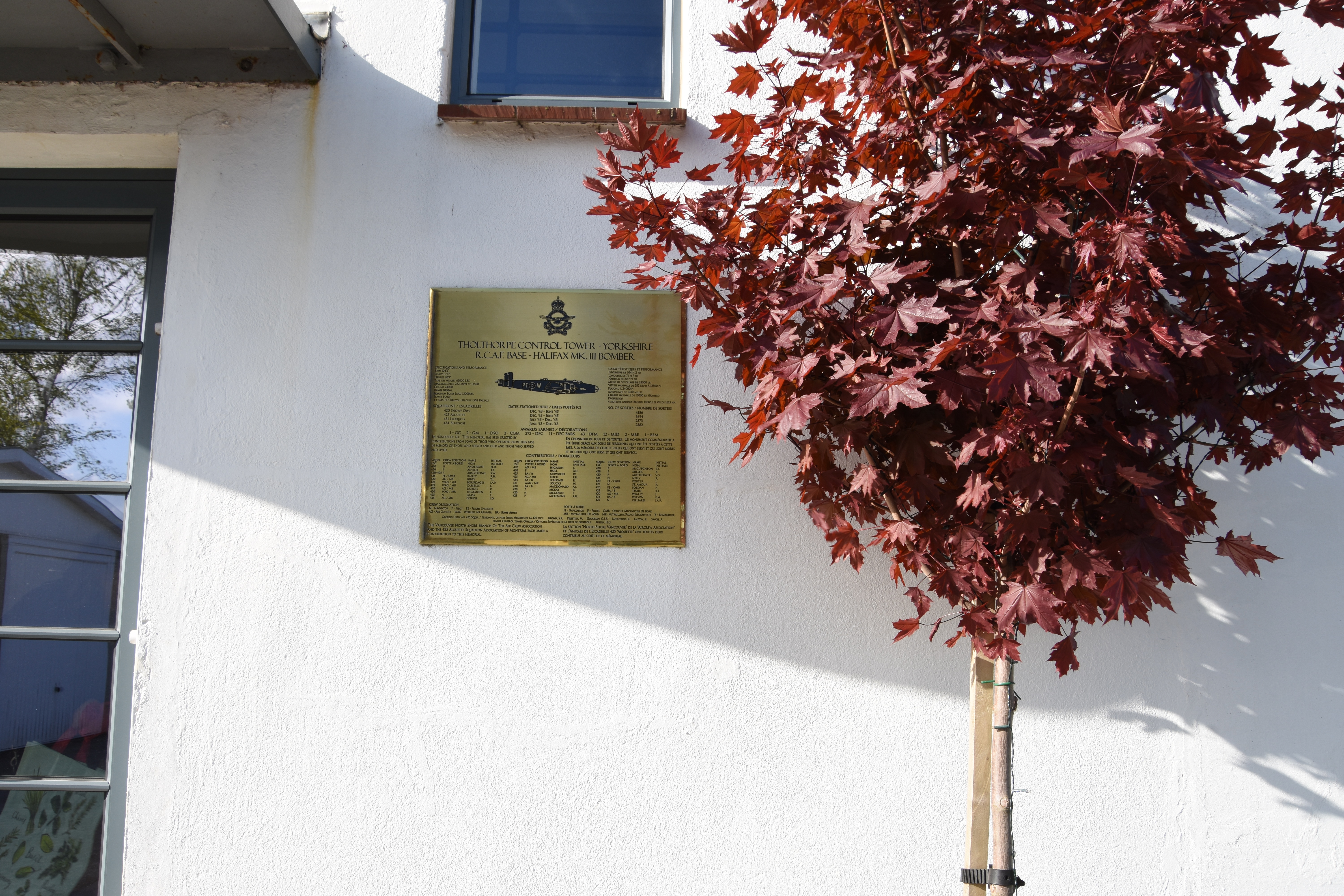Furlong, Peter
Personal Information
| Rank | Sgt |
| Forename(s) | Peter |
| Surname | Furlong |
| Gender | M |
| Age | 23 |
| Date of Death | 31-03-1944 |
| Next of Kin | Son of Thomas Furlong and of Mary Furlong (Nee Brown), of Killincarrig, Co. Wicklow, Irish Republic. |
Aircraft Information
| Aircraft | Handley Page Halifax III |
| Serial Number | LW429 |
| Markings | KW-R |
Memorial Information
| Burial/Memorial Country | Germany |
| Burial/Memorial Place | Durnbach War Cemetery |
| Grave Reference | Coll. grave 11. F. 13-16. |
| Epitaph | BELOVED ONLY SON OF THOMAS AND MARY FURLONG. R.I.P. |
IBCC Memorial Information
| Phase | 2 |
| Panel Number | 167 |
Enlistment Information
| Service Number | 2214118 |
| Service | Royal Air Force Volunteer Reserve |
| Group | 6 |
| Squadron | 425 (Alouette) |
| Squadron Motto | Je te plumerai (I shall pluck you) |
| Trade | Flight Engineer |
| Country of Origin | Eire |
Other Memorials
| Location | Outside Village Hall, Dishforth, North Yorkshire |
| Country | United Kingdom |
| Memorial Type | Memorial Stone and inscribed metal plaque |
| Memorial Text | In memory of the Canadian aircrew of 425 and 426 Sqns RCAF who served at RAF Dishforth, 1942-1945 |
| Location | Village Green, Tholthorpe, North Yorkshire |
| Country | United Kingdom |
| Memorial Type | Memorial Stone, inscribed metal plaque and Maple Tree |
| Memorial Text | A memorial, in French, to those Canadians who served at RAF Tholthorpe during WW2, including 425 Sqn |
| Location | Former Control Tower, Tholthorpe Airfield, North Yorkshire |
| Country | United Kingdom |
| Memorial Type | Inscribed Metal Plaque |
| Memorial Text | A memorial to those Canadians who served at RAF Tholthorpe during WW2, including 425 Sqn |
Commonwealth War Graves Commission
Fellow Servicemen
Please note that this list gives all the losses aboard the quoted aircraft and occasionally these may have occurred on an earlier date when the aircraft was not itself lost. Please check the dates of death carefully.
Last Operation Information
| Start Date | 30-03-1944 |
| End Date | 31-03-1944 |
| Takeoff Station | Tholthorpe |
| Day/Night Raid | Night (45% moon) |
| Operation | Nuremberg. 795 aircraft, 95 losses (11.9%)- the highest of any raid. High-cloud was expected to offer protection to the bomber stream but the target would be clear for the bombing run. A Mosquito meteorological flight had predicted that in fact that would not be the case, but the raid went ahead anyway. The German controller ignored the diversionary raids and had his fighters circling close to the route of the main force, using Tame Boar tactics. Consequently, the fighters engaged the bombers before they reached the Belgian border. The clear conditions allowed the fighters to pick off bombers at will with 82 of the 95 bombers being Lost on the outbound leg. Strong winds meant that some of the bombers went off the intended route and as a consequence many bombed Schweinfurt in error, some 50 miles from Nuremberg. The problem as exacerbated by two PFF aircraft dropping markers in Schweinfurt. Overall, the raid was a failure and little damage was caused. |
| Reason for Loss | Shot down by a night-fighter in the target area, crashing at Tauchersreuth, Germany |

